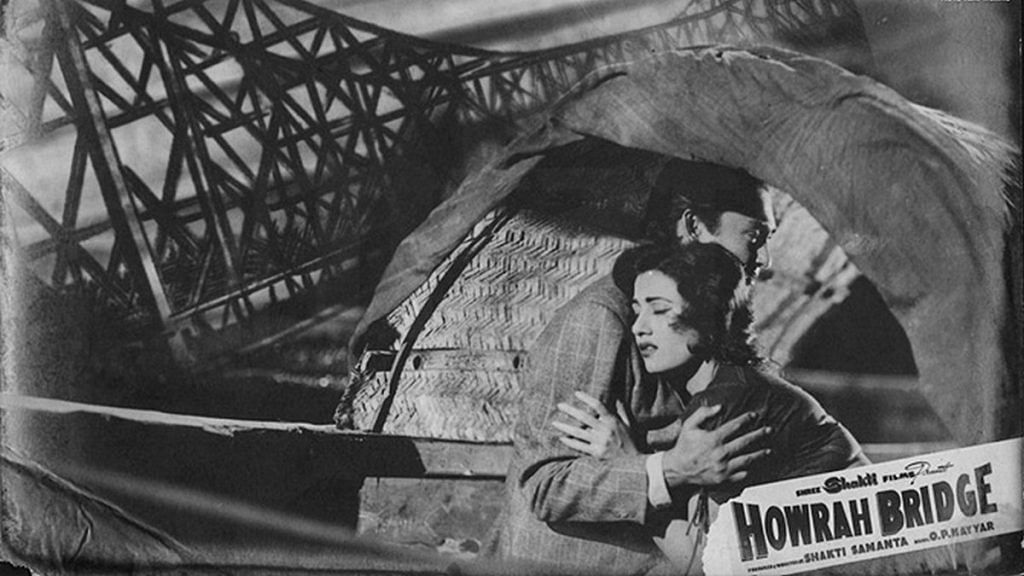Aiye meherbaan / Baithiye janejaan… The words instantly make you think of Madhubala slowly swaying and coyly smiling. The song is just one of many that make the 1958 film Howrah Bridge one for the ages. And one of the reasons the film is so iconic is the spell cast by music composer O.P. Nayyar.
As we remember the musical genius on his death anniversary, which was observed last week, ThePrint looks back at one of his best works.
Directed by Shakti Samanta, Howrah Bridge is the quintessential moody noir film that was so popular in the 1950s. Ashok Kumar plays Prem Kumar, a wealthy businessman, who comes to Kolkata to uncover the mystery shrouding the death of his brother and the disappearance of a family heirloom — a dragon embedded with precious stones. He meets Edna, played by Madhubala, a lounge singer, who seems to have some connection with the goons who are behind Kumar’s brother’s death. The goons don’t play nice and want to make sure Kumar doesn’t get hold of the truth, or the heirloom.
Nayyar really made the music another character in the film. Dekh Ke Teri Nazar introduces our protagonists to each other and also establishes their relationship. Mera Naam Chin Chin Chu sets the theme of the story, acting as a catalyst for Kumar’s character to discover clues about the Chinese goons.
Aaiye Meherbaan is a showstopper, but also reveals more about Madhubala’s character — her intentions to make another man jealous by dancing with Kumar, but also wooing him with her antics. Mohabbat Ka Haath Jawani Ka Palla spells genuine love between the two as they sail on the Hooghly with Howrah Bridge in the background.
And in the fun Gora Rang Chunariya Kaali, we’re treated to a cameo by the indomitable Mehmood and his sister Minoo Mumtaz.
Also read: Farooq Sheikh, the Jack of all trades — theatre, TV, films and secret philanthropy
While they can be waived off as a product of their time, the film’s racist overtones do stick out today. The ‘Chinese’ villains, with names like Chang, are played by Indians heavily made-up to look the part. Helen, in the wildly popular and catchy number Mera Naam Chin Chin Chu, is unrecognisable as a ‘Chinese’ woman, dressed in a wig, thin eyebrows, and a Chinese tunic. You only know its Helen when she starts dancing in the captivating way only Helen can.
Still, for those who can look past this, it is an incredibly fun number that still livens up any wedding dance floor. Interestingly, this was the last song Geeta Dutt worked on with Nayyar.
Lyricist Qamar Jalalabadi ascended to the height of his career with the lyrics. They were playful, fun, and enticing and went with the mood Nayyar was intending to set with the music. Nayyar was also known for using non-traditional instruments like coconut shells, Chinese temple blocks, maracas and more — the use of which is evident throughout the tracklist. Of course, Asha Bhosle and Mohammed Rafi, Nayyar’s go-tos, bring out the mood in every line. In the flirty Aaiye Meherbaan, Bhosle excels with the smooth change in scale that very few can achieve even today.
Also read: Om Puri and Smita Patil’s Ardh Satya is the only police drama you need to watch
